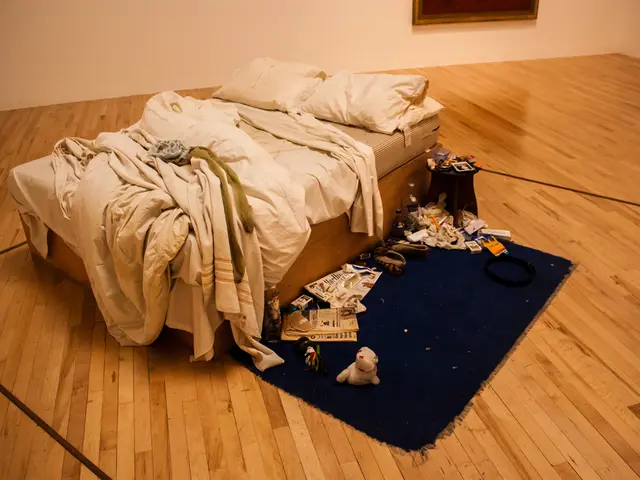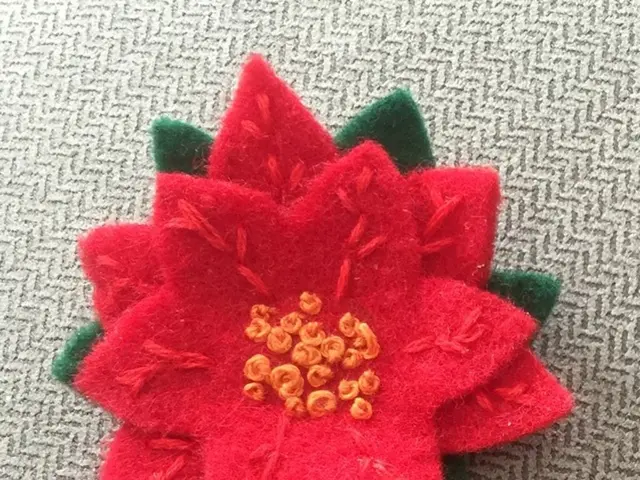Interior Design Colors and Psychology: Exploring the Effects of Hues on Mood and Room Ambiance
Pantone colors have become an integral part of the interior design world, playing a significant role in shaping mood and atmosphere. By carefully selecting specific Pantone hues, designers can create environments that cater to the purpose of each space, evoking specific emotions and responses.
### **Color Psychology in Action**
The Pantone color system offers designers a powerful tool for creating moods and atmospheres that align with the room's purpose. For instance, calming colors such as blues and greens are often used in bedrooms and home offices to promote relaxation, while vibrant colors like reds and oranges can energize living and dining areas.
In addition, designers can tailor the atmosphere of a space to its intended use. Warm colors can create cozy and inviting environments, while cool colors can make spaces feel more refreshing and calming.
### **Benefits for Homeowners and Businesses**
For homeowners, Pantone colors enable personalization, allowing them to create a harmonious and inviting atmosphere that reflects their personality. By aligning colors with the room's purpose, Pantone colors can also enhance functionality. For example, using calming colors in bedrooms can improve sleep quality, while energizing colors in workout areas can boost motivation.
In commercial settings, Pantone colors can be used to create an inviting ambiance, with warm colors making spaces feel welcoming, and cool colors creating a sense of professionalism. Moreover, Pantone colors are essential for maintaining brand identity, as companies can use specific colors to reinforce their brand image and create a consistent visual identity across all facilities.
### **Precision and Trendy Aesthetics**
Pantone's color system provides precision and consistency, ensuring that the exact shade desired is achieved across all materials and finishes. Furthermore, Pantone's annual Color of the Year, such as Mocha Mousse, offers designers a trendy aesthetic that can revamp spaces with warm, earthy tones, making it easier to incorporate contemporary design elements into both residential and commercial projects.
### **A Sustainable Future**
As the world becomes increasingly conscious of sustainability, Pantone is expected to promote eco-friendly pigments and align color psychology with environmental concerns. This shift towards sustainability will likely be more integrated with technology, offering designers tools to make spaces more meaningful and adaptive to human psychology.
In conclusion, Pantone colors are a valuable asset in interior design, offering a systematic approach to creating mood and atmosphere that supports the intended use of any space, whether residential or commercial. By understanding the impact of Pantone colors on mood and atmosphere, designers can create spaces that not only look beautiful but also evoke the desired emotions and responses.
- Incorporating Pantone colors into interior design offers designers a unique opportunity to apply color psychology, shaping the mood and atmosphere of a space according to its purpose.
- Tutorials on interior-design and lifestyle blogs can provide homeowners with practical tips on how to select Pantone hues to personalize their homes, reflecting their individual tastes and enhancing the functionality of each room.
- In the realm of architecture and art, designers can leverage the trendy aesthetics of Pantone's annual Color of the Year, such as Mocha Mousse, to infuse contemporary design elements into both residential and commercial projects.
- As the focus on sustainability grows, Pantone may also introduce eco-friendly pigments and align color psychology with environmental concerns, fostering a more harmonious and adaptive approach to interior design.







